NAVAJO TEXTILES
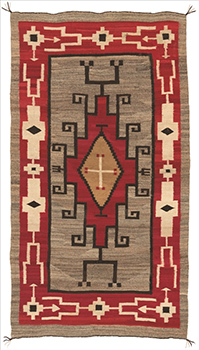
Laurie D. Webster
Louise I. Stiver
D. Y. Begay
Lynda Teller Pete
WITH AN INTRODUCTION BY ANN LANE HEDLUND
NAVAJO TEXTILES
THE CRANE COLLECTION AT THE DENVER MUSEUM OF NATURE & SCIENCE
Denver Museum of Nature & Science
University Press of Colorado

2017 by the Denver Museum of Nature & Science
Published by the Denver Museum of Nature & Science and University Press of Colorado

2001 Colorado Boulevard
Denver, CO 80205

5589 Arapahoe Avenue, Suite 206C
Boulder, Colorado 80303
All rights reserved
Printed in Canada
 The University Press of Colorado is a proud member of the Association of American University Presses.
The University Press of Colorado is a proud member of the Association of American University Presses.
The University Press of Colorado is a cooperative publishing enterprise supported, in part, by Adams State University, Colorado State University, Fort Lewis College, Metropolitan State University of Denver, Regis University, University of Colorado, University of Northern Colorado, Utah State University, and Western State Colorado University.
This paper meets the requirements of the ANSI/NISO Z39.48-1992 (Permanence of Paper).
ISBN: 978-1-60732-672-4 (pbk.)
ISBN: 978-1-60732-673-1 (ebook)
DOI: 10.5876/9781607326731
Library of Congress Cataloging-in-Publication Data
Names: Webster, Laurie D., 1952 author. | Stiver, Louise, author. | Begay, D. Y., 1953 author. | Teller Pete, Lynda, author.
Title: Navajo textiles : the Crane Collection at the Denver Museum of Nature and Science / by Laurie D. Webster, Louise I. Stiver, D.Y. Begay, and Lynda Teller Pete ; with an introduction by Ann Lane Hedlund.
Description: Boulder : University Press of Colorado, [2017] | Includes bibliographical references.
Identifiers: LCCN 2017003581| ISBN 9781607326724 (pbk.) | ISBN 9781607326731 (ebook)
Subjects: LCSH: Navajo textile fabricsHistory. | Navajo textile fabricsPrivate collectionsColoradoDenver. | Crane American Indian Collection. | Denver Museum of Nature and Science.
Classification: LCC E99.N3 N35925 2017 | DDC 746.1/408978883dc23
LC record available at https://lccn.loc.gov/2017003581
Contents
Stephen E. Nash, Chip Colwell, and Melissa Bechhoefer
Joyce Herold
Laurie Webster, Louise I. Stiver, D. Y. Begay, and Lynda Teller Pete
Introduction
Consultations, Collaborations, and Curation by Navajo Weavers: A Celebration and History
Ann Lane Hedlund
Francis and Mary Crane and the Making of a Navajo Textile Collection
Louise I. Stiver
Changing Markets for Navajo Weaving
Laurie D. Webster
Crossroads and Navajo Weaving
A Weavers Narrative
D. Y. Begay
A Weavers Path
From Generations of Traditional Artistry to Blending New Innovations
Lynda Teller Pete
Foreword
Stephen E. Nash, Chip Colwell, and Melissa Bechhoefer
In late 2007, Nash and Colwell penned an aspiration statement for the Department of Anthropology at the Denver Museum of Nature & Science (DMNS): We aspire to curate the best understood and most ethically held anthropology collection in North America. The best understood component of this statement emphasizes Nashs belief that it is unconscionable for museums to maintain uncataloged materials in their collections. The most ethically held component focuses on Colwells belief that moral and ethical concerns deserve at least as much attention in curation as do scientific considerations. While aspirations are just that, this statement has guided us well, and we hope it will continue to do so in the coming years.
On February 14, 2014, the DMNS officially opened the Avenir Collections Center. Constructed adjacent to the existing museum at the edge of City Park, the Avenir Collections Center is a new state-of-the-art consolidated work and preservation space for the 4.1 million objects and specimens in the DMNS collection. The opening of the Avenir Collections Center marked a turning pointa point of inflectionin the history of the museum, and it set us on a path to an even more productive future. Prior to the new collections center, the museums 50,000-plus anthropological specimens were spread over numerous storage areas, with little elbow room for visitors or researchers. No more could we complain that we didnt have proper spaces in which to store, process, or research collections, for we now have one of the best facilities in the nation, if not the world. Recognizing this, we needed to find a project that would demonstrate how transformative the Avenir Collections Center really is for the museums magnificent objects that celebrate the worlds cultures.
We came together to answer this question: which component of the Anthropology Collection deserves the most immediate attention and will allow us to demonstrate the full potential of the Avenir Collections Center? At the time, Bechhoefer had been at the museum for only a few months, but her answer was unequivocal: the Navajo textile collection. Within a second, Colwell and Nash concurred: the DMNS Navajo textile collection is significant, nearly 400 pieces, and has scarcely been studied or published. It was settled then and there.
Colwell and Nash knew immediately where to turn: Laurie Webster, a preeminent textiles scholar. We called her, told her about the proposed project, and invited her to consider it. Making our offer even more attractive was the fact that we could offer to support the work through an endowment; in addition, the Avenir Collections Center contains a photo studio in which the museums photographer, Rick Wicker, could capture the beauty and detail of the pieces.
Webster came back to us with an idea: she and fellow textile specialist Louise Stiver would partner with expert Navajo weavers D. Y. Begay and Lynda Teller Pete to analyze and describe the collection. They would then select the most important pieces and collaboratively write a book with detailed photographs to offer a multi-vocal interpretation of the Navajo weavings. In late 2014, the four specialists came to Denver. Invariably, their process created a wonderful spectacle. One by one, staff unrolled the 130 selected textiles. Few had ever seen many of the weavingssome were so stunning as to leave even the experts momentarily speechless. Then, each scholar began to share her viewpoint. Each perspective enriched the othersweaving together the strands of technique, history, culture, place, and personal experience.
In the meantime, Nash was in the midst of negotiations with the University Press of Colorado for a co-publication agreement; we collectively maintain that the power of the printed page remains pertinent, both as documentation and for its ability to enrapture audiences. When we first presented the project to the press, Nash asked Webster to summarize the DMNS Navajo textiles collection in a sentence. Her answer was priceless: This is the best Navajo textile collection youve never heard of.

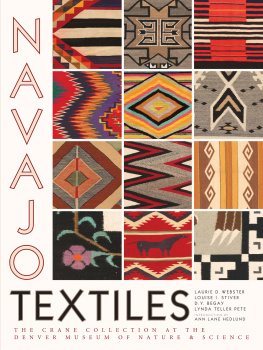
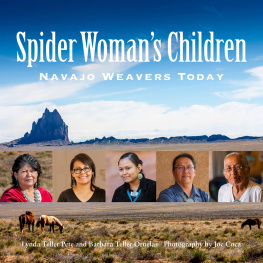

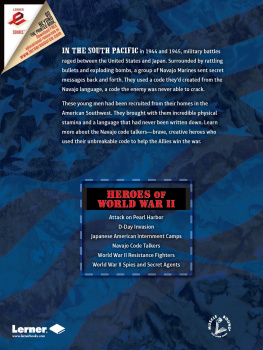

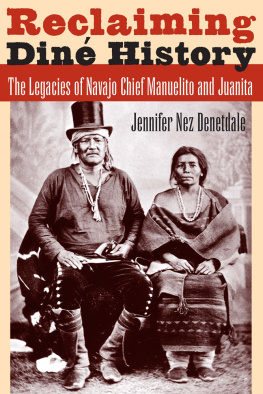
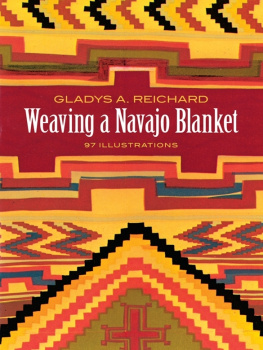
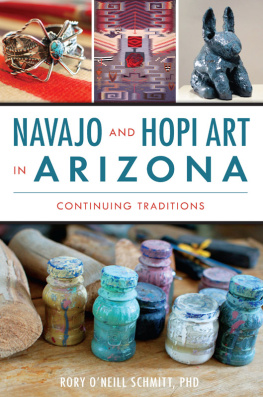






 The University Press of Colorado is a proud member of the Association of American University Presses.
The University Press of Colorado is a proud member of the Association of American University Presses.